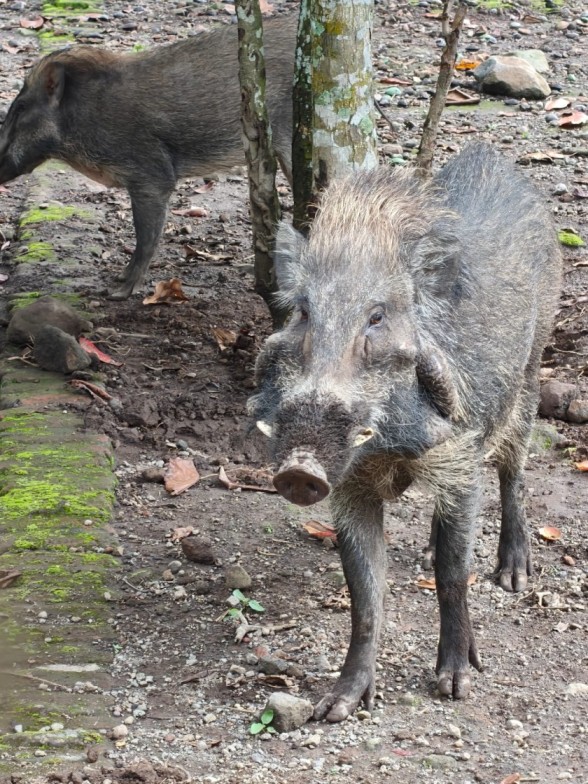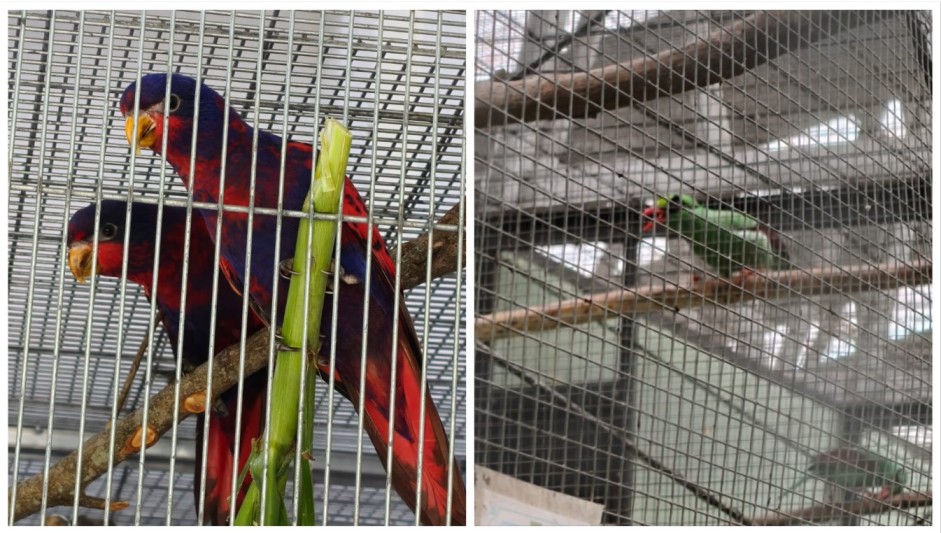28 new species of snout beetle found in Indonesia’s Sulawesi island

Bogor, W Java (Indonesia Window) – A total of 28 new species of snout beetles (Curculionidae) from Trigonopterus genus have been found in Indonesia’s eastern island of Sulawesi.
The discovery is an important step in gathering information and making an inventory of fauna species, especially insects, in Indonesia, Head of the Biological Research Center at the National Research and Innovation Agency Anang Setiawan Achmadi said in a written statement on Thursday (Nov. 4).
The beetles were found by an Indonesian zoologist from the Museum Zoologicum Bogoriense (MZB), Raden Pramesa Narakusumo, and his counterpart from German Natural History Museum of Karlsurhe Dr. Alexander Riedel.
The discovery fulfills their earlier finding of 103 types of Trigonopterus beetles in 2019, making the total number from this genus described on Sulawesi island become 132 species.
Studies on taxonomic is the initial foundation for further research on this discovery that includes conservation and bio prospection.
Pramesa said the snout beetles were mostly found in Mount Dako and Mount Pompangeo, in Central Sulawesi province.
According to him, the discovery that has been published in Zookeys in October 2021, is only part of all Trigonopterus that inhabits Sulawesi island.
Trigonopterus beetle is a snout beetle that cannot fly and lives in isolated areas such as in mountain forests. This animal has evolved over millions of years, and therefore its endemicity and biodiversity levels are very high.
Several unique names have been given to the 28 new species. One of them is Trigonopterus gundala which is inspired by the beetle’s body color which is similar to an Indonesian superhero, Gundala the son of lightning.
The other names are Trigonopterus moduai which is taken from the name of a traditional dance from Central Sulawesi; Trigonopterus ewok from a fictional character of the Star Wars movie; and Trigonopterus corona after the COVID-19 pandemic.
Naming the beetles is a challenge because each species of insect should have different name as required by the International Code of Zoological Nomenclature.
Therefore, the species can be named after a name of geography, fictional characters, or folk dances.
Reporting by Indonesia Window

.jpg)








